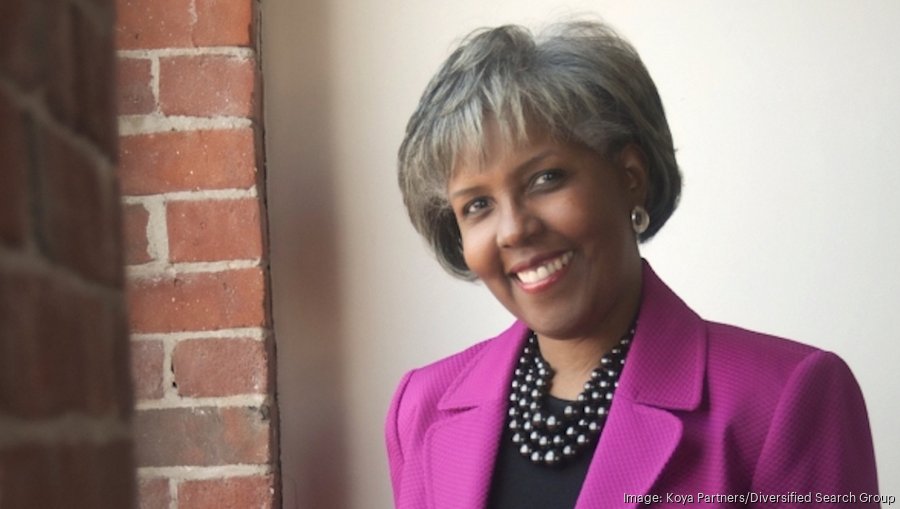As more companies seek to recruit diverse talent to their ranks, they are also looking to broaden the diversity of their leadership teams.
Much work remains. There are only a handful of Black CEOs on the Fortune 500, and numerous data points showcase a significant deficit of diverse talent in corporate America, as white males still account for a huge share of leadership positions across a wide spectrum of industries and company sizes.
Against that backdrop, the task of recruiting diverse leadership isn't necessarily straightforward. It's not a goal with an overnight solution. However, experts say there are some best practices and processes that can increase the odds of success.
Maureen Alphonse-Charles, managing director and senior vice president at Diversified Search Group, which recruits diverse leadership talent for organizations, said there are several things companies should keep in mind when diversifying their leadership.
It starts with how companies craft their job descriptions, said Alphonse-Charles, who is also managing director of Diversified Search Group subsidiary Koya Partners.
She said the description needs to be based on the company's culture and what it's looking for, but also focus more on the characteristics of the desired candidate, rather than just preferred qualifications.
"You may not always find a candidate who is diverse who has the exact [qualifications], but you may find a rising star," Alphonse-Charles said.
The relationship between supply and demand of diverse leaders really varies by position, Alphonse-Charles said. When companies are looking for chief diversity officers, demand is still low enough that it shouldn't be too challenging. But the business world can't boast having produced a large body of diverse CEOs yet. That's an area where companies may need to consider "rising stars."
When companies are open to candidates with the right competencies and characteristics, rather than just a rigid set of qualifications, they find they'll have a more robust and diverse pool of candidates to choose from, Alphonse-Charles said.
The next step is identifying places to find diverse talent. Professional associations and universities dedicated to diverse populations are good places to look. Not only do these organizations have plenty of talent to draw from, but their leaders are often happy to help connect their clients with members who might be a good fit for the role, Alphonse-Charles said.
During the interview stage, Alphonse-Charles said diverse candidates should be made aware that, should they be hired, they would receive support from the organization and that the leadership team would value their contributions.
Alphonse-Charles has noticed companies that have taken the time to make their culture more inclusive and less biased, and advocate for marginalized communities tend to have more success bringing on diverse talent.
It's a real boon if an organization can boast that it's treated its existing diverse talent well.
"If there isn't a pause and some introspection and some truth telling," Alphonse-Charles said, "it's really hard in a sustainable and authentic way to bring additional talent at all levels – especially the highest level – if you haven't done some of that work."
Throughout the entire hiring process, companies should be doing their best to minimize bias, Alphonse-Charles said.
Combating hiring bias is a hotly contested subject, with options like blind hiring earning mixed reviews.
"This is not easy work," Alphonse-Charles said.
But she said it's worth it, noting that diversifying leadership is a moral imperative and also helps firms bolster their bottom lines.
